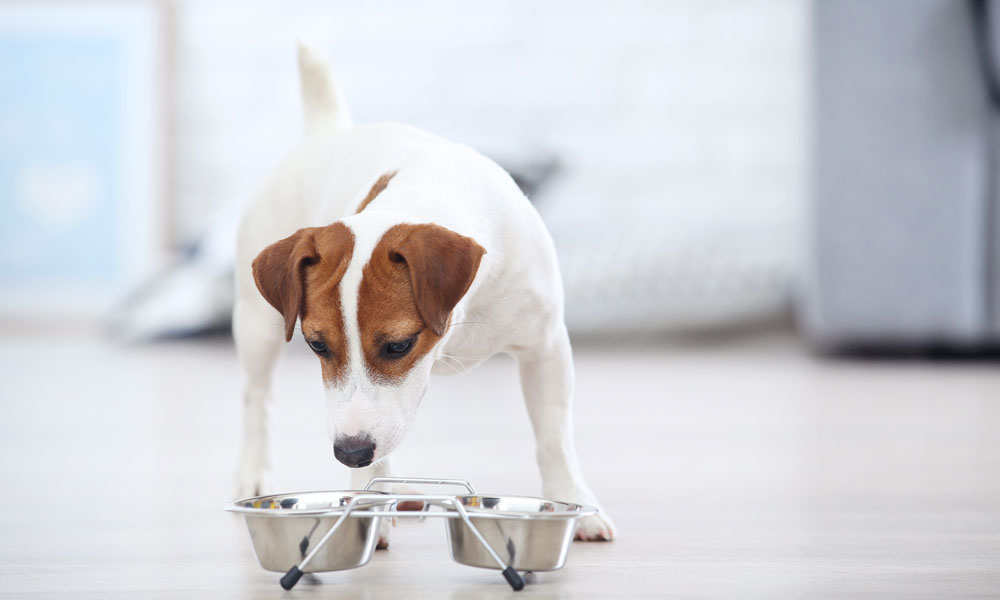Being a pet parent means facing a plethora of choices, and that can be confusing. Should you go with one of those shrink-wrapped dinners in the cooler at your favorite pet supply shop or is that mainline brand just fine? Talk to your fellow pet parents and you’ll find no shortage of passion as to which food is best for dogs. The following will examine the advantages of canned food and kibble, so you can choose the diet that’s best for your beloved pet.
Benefits of wet dog food
Wet food, of course, refers to canned diets, and it has its vocal proponents.
What appeals to pet parents is its meatiness, which is the cornerstone of carnivore canine diets. While meat should be the main ingredient, most formulas also contain high-quality grains and other plant-based ingredients. If that sounds contrary to what a dog diet should be, remember, canines are not strictly carnivores. The dogs are carnivores vs. dogs are omnivores debate is a subject of an ongoing, spirited debate. Meat is certainly essential to dog diets, yet research suggests dogs are well adapted to digesting grains and certain vegetables. (Even wolves will consume the plant-based stomach contents of their prey.) Aside from the feel-good component of serving your dog a dinner of meat and gravy, here are some other benefits of canned diets.
Appeals to finicky eaters
You’ll have no trouble finding anecdotes of dogs who couldn’t be convinced to eat until served a helping of canned food. Dogs with sensitive palates often find canned food more appetizing than kibble, and that may come down to the intense aromas released by wet foods.
On the other hand, some pet parents believe their dog is picky, but their furry friend is actually getting full from too many handouts and table scraps. If your dog is only taking nibbles from his bowl, the first thing you’ll want to do is take an honest assessment of their treat and handout ratios.
Wet food can be more filling
When your dog needs to shed a few pounds, some turn to wet diets as a solution. Because canned food has a much higher water weight than kibble, canned occupies more space in the bowl (and the dog’s stomach), and can provide an easy way to scale back on calories. Wet food also provides more moisture which helps with ease of digestion. Pay attention to serving size for your dog’s weight to make sure they’re getting enough. For more tips and insights on your pudgy pet, read “Help your pet lose weight the smart way.”
Wet food provides comfort during dental pain
We often think of dental problems as striking elderly dogs, but the truth is, periodontal disease strikes 85% of dogs by the time they turn 5 years old. During treatment and recovery, a switch to a softer canned diet helps afflicted dogs eat in comfort. Meanwhile, discover more about the prevention and treatment of canine dental problems.
Benefits of dry dog food
Dry dog food, or kibble, is designed to deliver a full, complete, nutritious meal in a bag. Consider its benefits, and it’s clear why pet parents continue to favor kibble over canned.
Kibble has a longer storage life (once opened)
Of course, unopened cans do have a longer storage life. We’re talking about storage lifespan after the can or bag is opened. That’s where kibble wins. Once the bag is opened, proper storage is essential, because exposure to air will eventually make the fats turn rancid and the food will lose its nutrients. To maximize the kibble’s shelf life, store the food, bag and all, in a container with a tight-fitting lid. You’ll want to keep the food inside the original, opened bag because packaging is designed to maintain freshness.
Kibble is affordable
Pound for pound, kibble delivers more for the dollar than canned food. Opting for a high-quality brand of kibble makes good and complete pet nutrition affordable, so pet parents can feel good knowing they’re getting top value for their money.
Kibble offers flexibility and convenience
A kibble diet fits a variety of schedules and lifestyles, with less worry of spoilage. It’s easy to pack on outings and road trips. And if your dog prefers snacking and grazing, kibble can stay in the bowl all day long, without worry about bacteria growth and spoilage! And there’s no need to bother with refrigerating leftover portions. Scoop, measure, fill and you’re done.
Keep an eye on the portion and make sure you’re measuring the right amount of food for your dog’s size. A serving of kibble appears smaller than that of canned, with more calories per ounce, which means overfeeding (and overeating) can happen all too easily.
[Related tips: 5 Key Factors for Selecting the Best Dog Food]
Should you mix wet and dry dog food?
Because both wet and dry diets contain all the nutrients your furry friend needs, mixing foods isn’t a necessity for most dogs in good health. However, if you have the time and money, go for it! By mixing wet and dry you get the best of both worlds! Just be mindful of the following to ensure your dog stays healthy.
Don’t be shy about mixing it up
Most brands have a corresponding wet food to the dry food. Many dogs enjoy the variety of having one meal of kibble, and one of wet food. Others enjoy a spoonful or two of canned mixed into the kibble as a flavor enhancer. Rotate your protein sources, and your beloved pet will have more options for feeding, making mealtimes enjoyable!
Be mindful when mixing brands
Some pet parents like to keep canned food handy as a special treat. Whether it’s a special occasion or they want to reward good behavior, canned food is one way to do it. If that’s your style, mixing brands is OK as long as you’re consistently attentive to quality. If do you top kibble with wet food, it’s best to use a kibble that addresses gut health, such as NutriSource. With 100 million colony forming units of probiotics per pound, dogs are less likely to have loose stools. NutriSource is the perfect kibble to accompany wet diets.
Portioning is key
Again, one full serving of wet food compared to a serving of dry are drastically different in terms of how much space they take up in the bowl. Read the label for the right-sized serving for your pooch so she’s not getting too much or too little.
Your dog’s diet: It’s all about quality
The wet-vs.-dry question is less important than choosing a brand that provides a high-quality diet. If your dog has itchy skin, runny stools and foul odors, the cause can be traced back to being fed an inferior diet that uses cheap grain filler ingredients, which irritate your dog’s system.
A healthy dog starts with a healthy gut. In addition to using high-quality ingredients, each bag and can of NutriSource contains Good 4 Life, an exclusive blend of supplements that offer your dog all the minerals and probiotic nutrients they need to build a healthy gut. Our food has more probiotics, with a minimum of 100 million cfu in every pound, for better digestion. Essential organic trace minerals, like copper, manganese, cobalt and iron, support your dog’s digestion, nourishes their skin and coat and enhances the immune function. Learn more how Good 4 Life supplements found only in NutriSource can make your pet’s diet complete.
Find NutriSource at your local, independent pet supply shop.


